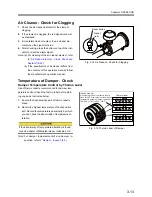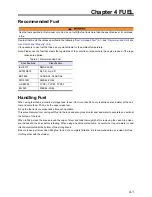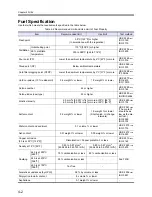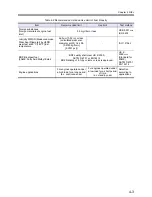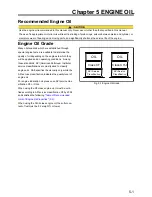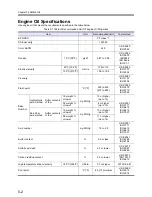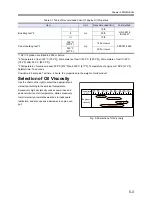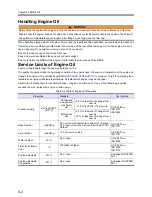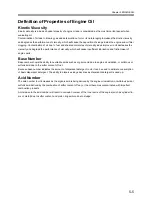
5-5
Chapter 5 ENGINE OIL
Definition of Properties of Engine Oil
Kinetic Viscosity
Kinetic viscosity is a basic physical property of engine oil and is considered as the most important aspect when
evaluating oil.
Contamination of oil due to blow-by gas and deterioration of oil or its natural aging increases the kinetic viscosity
and degrades the performance of viscosity, which will cause the deposition of sludge inside the engine and oil filter
clogging. Contamination of oil due to fuel and sheared molecules of viscosity index improver in oil decreases the
viscosity and degrade the performance of viscosity, which will cause insufficient lubrication and friction/wear of
engine parts.
Base Number
Base number shows the ability to neutralize acids such as organic acid due to engine oil oxidation, or sulfurous or
sulfuric acid due to the sulfur content of fuel.
Because base number indicates the amount of dispersant detergent in oil, it can be used to estimate consumption
of basic dispersant detergent. The ability to disperse sludge declines as dispersant detergent is used up.
Acid Number
The acid number in oil increases as the organic acid is being derived by the engine oil oxidation, or sulfurous acid or
sulfuric acid derived by the combustion of sulfur content of fuel, or the oil becomes contaminated with imperfect
combustion products.
An increase in the acid number will result in corrosion or wear of the inner parts of the engine (such as cylinder lin-
ers or metal) due to sulfur content, and piston ring seizure due to sludge.



